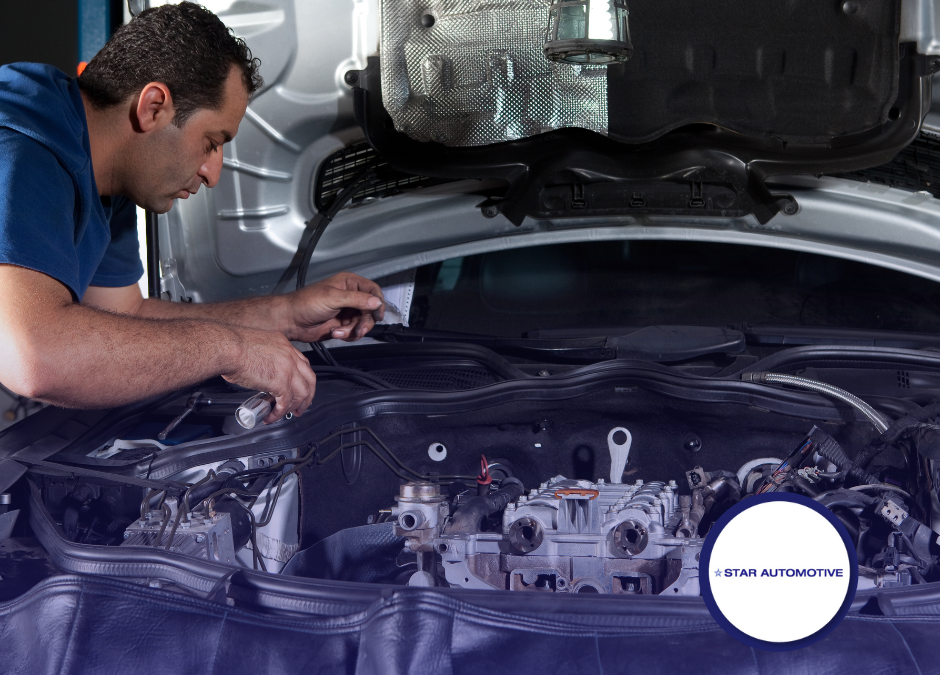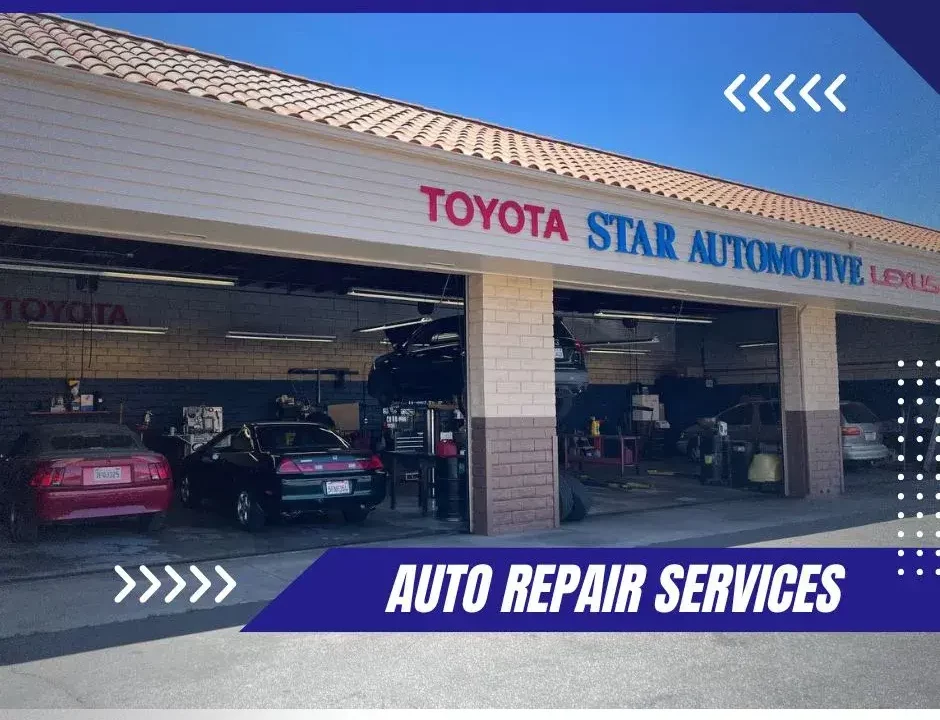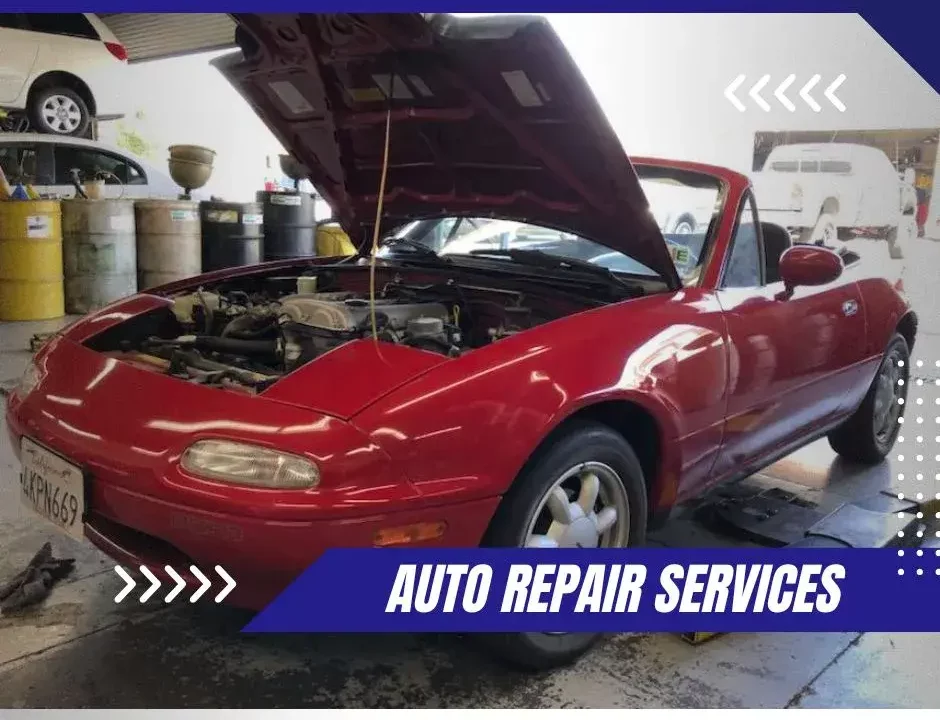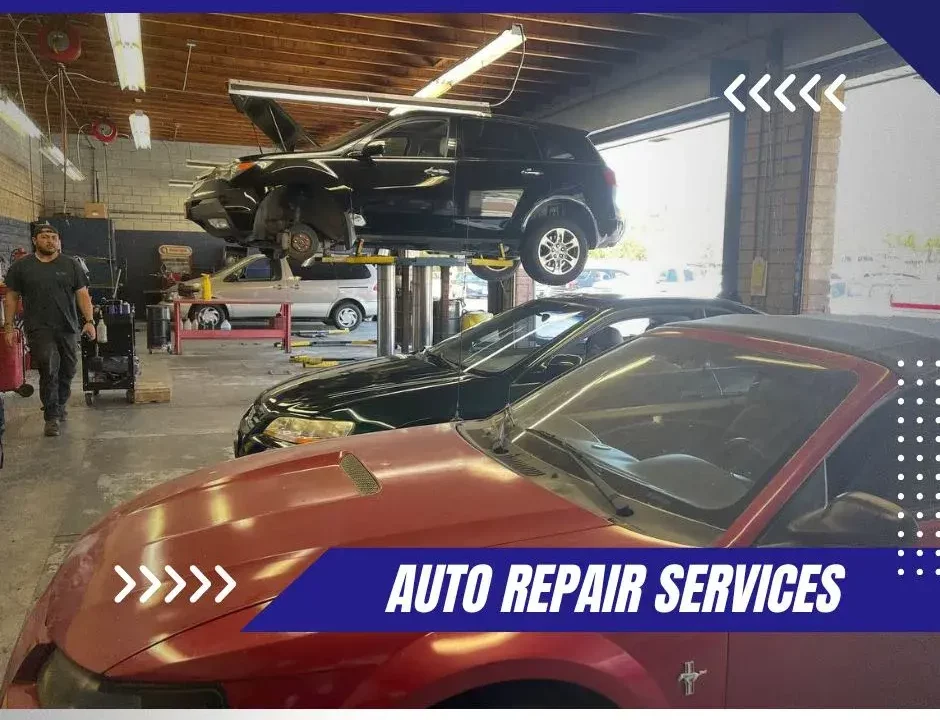
Understanding Your Car’s Engine: A Beginner’s Guide to Repair and Maintenance
January 9, 2024
Top 10 Common Engine Problems and How to Fix Them Yourself
January 9, 2024Welcome to ‘Engine Overhaul 101: A Step-by-Step Guide for At-Home Mechanics’. This comprehensive guide is designed to equip the discerning home mechanic with the necessary knowledge and confidence to undertake the intricate task of an engine overhaul.
Rooted in professional best practices, this guide provides a precise, detailed walkthrough from gathering essential tools to executing complete engine disassembly.
By adhering to this guide, you will not only develop a profound understanding of engine mechanics, but also become part of an esteemed community of at-home mechanics who value self-reliance and technical mastery.
Gathering Your Tools and Materials
Before beginning your engine overhaul, it’s crucial to regularly assemble all necessary tools and materials to ensure a smooth and efficient auto repair process.
Start by gathering a comprehensive set of hand tools, including wrenches, sockets, and screwdrivers of various sizes. You’ll also need a torque wrench for tightening bolts to their correct specifications.
Additionally, gather materials such as engine oil, coolant, and replacement parts including gaskets and seals.
Always refer to your auto repair service manual for precise information regarding the specific tools and materials required for your engine’s model and make.
This preparatory phase not only sets the stage for a successful engine overhaul but also fosters a sense of belonging and confidence in your abilities as an at-home mechanic.
Detailed Engine Disassembly Steps
Initiating the engine disassembly process requires meticulous attention to detail to ensure each component is safely removed and cataloged for later reassembly. Begin by draining the coolant and engine oil to prevent spills.
Next, disconnect the battery, followed by the removal of the engine hood, air cleaner, and carburetor. Detach the radiator and heater hoses, the engine fan, and the drive belts. Unscrew the engine mounts, then use an engine hoist to carefully lift the engine from the vehicle.
Once the engine is safely on the workbench, begin the internal disassembly. Remove the cylinder head, pistons, and crankshaft. Remember to keep all parts organized and labeled.
The process is intricate but rewarding, inviting you into the mechanical fraternity with firsthand knowledge.




